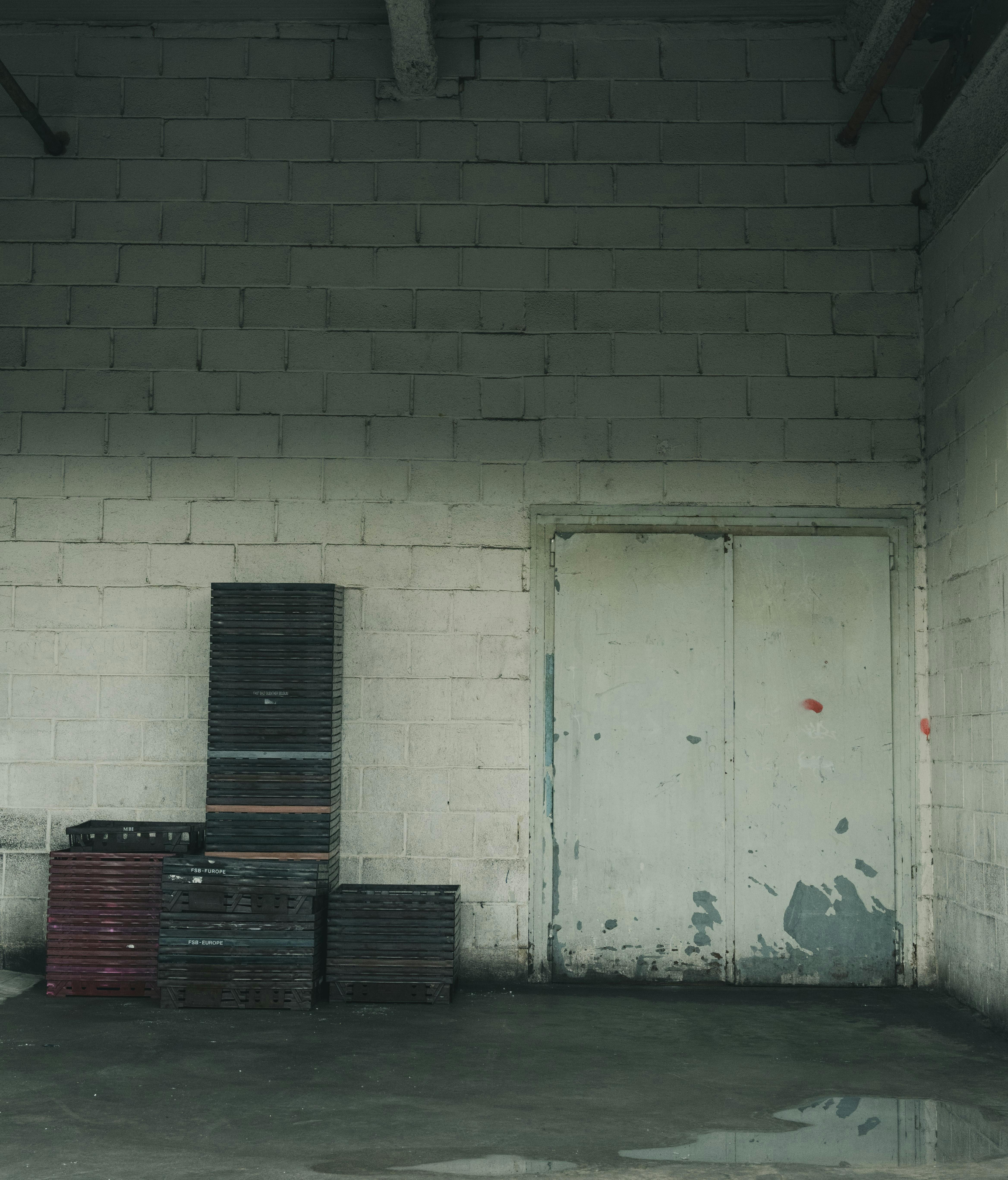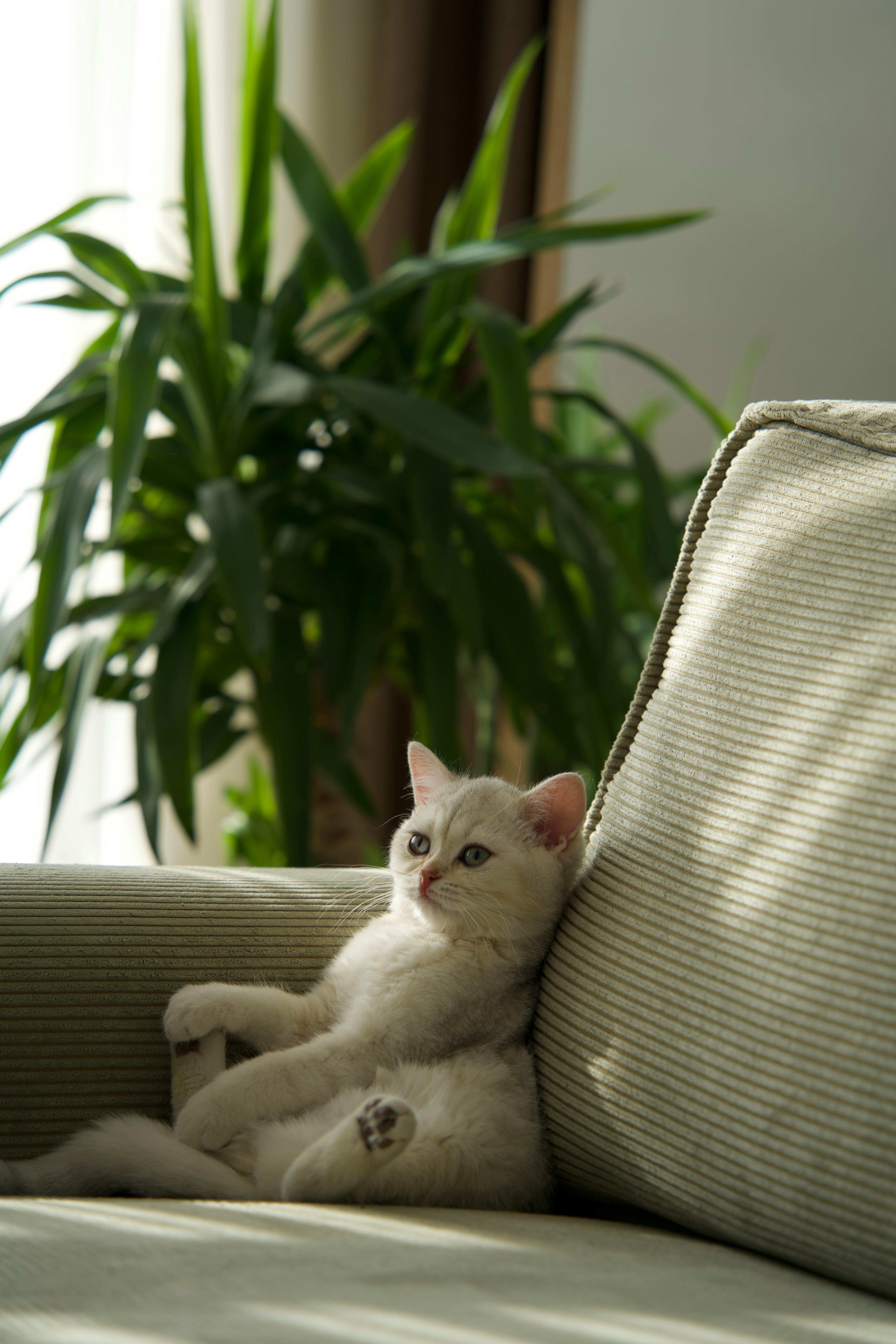Have you ever wondered about ways to make your pet’s crate more comfortable and enjoyable for them? Ensuring their space is cozy and inviting can make a significant difference in their overall well-being. In this article, you will discover various tips and tricks to enhance the comfort of your pet crate, providing your furry companion with a safe and secure haven they can truly enjoy.

This image is property of images.pexels.com.
Choosing the Right Size Crate
Selecting the appropriate size crate for your pet is crucial in ensuring their comfort. A crate that is too small can be uncomfortable and restrict their movement, while one that is too large may not provide the cozy, den-like atmosphere that many pets crave. Measure your pet from nose to tail and add a few inches to determine the ideal size crate for them.
Tip: Room to Stand, Turn, and Lay Down
It is essential to choose a crate where your pet has enough room to stand up, turn around, and lie down comfortably. This will allow them to move freely and not feel cramped or confined, ultimately leading to a more relaxed and content pet.
Adding Soft Bedding
Once you have determined the correct size crate for your pet, consider adding soft bedding to make their space more comfortable. A plush bed or blanket can provide a cozy spot for them to rest and relax, creating a sense of warmth and security.
Tip: Washable Bedding for Easy Cleaning
Opt for bedding that is easily washable to maintain a clean and hygienic environment for your pet. Regularly washing their bedding will help eliminate odors and bacteria, ensuring a fresh and comfortable space for your furry friend.

This image is property of images.pexels.com.
Providing Proper Ventilation
Proper ventilation is crucial in ensuring your pet’s crate is a comfortable and safe environment. Good airflow will help regulate temperature and prevent your pet from feeling overheated or suffocated. Make sure the crate has sufficient ventilation holes or openings to promote air circulation.
Tip: Avoid Direct Sunlight and Drafts
When placing your pet’s crate, ensure it is not in direct sunlight or in a drafty area. Direct sunlight can cause the crate to heat up quickly, while drafts can make it too cold for your pet. Find a location with adequate airflow and temperature control to keep your pet comfortable.
Offering Toys and Treats
To make the crate a more inviting space for your pet, consider adding toys and treats to keep them entertained and engaged. Interactive toys or puzzle feeders can help alleviate boredom and provide mental stimulation while they are in their crate.
Tip: Rotating Toys to Prevent Boredom
Rotate your pet’s toys regularly to prevent them from becoming bored or disinterested. Introducing new toys or treats will keep them engaged and excited about spending time in their crate, making it a positive and enjoyable experience for them.

This image is property of images.pexels.com.
Establishing a Routine
Creating a routine around your pet’s crate can help them feel more comfortable and secure. By establishing a schedule for meals, playtime, and rest periods in the crate, your pet will know what to expect and feel more at ease in their designated space.
Tip: Positive Association with Crate Time
Associate the crate with positive experiences by offering treats, toys, or praise when your pet voluntarily enters their crate. This will help them view the crate as a safe and comforting place, making it easier for them to relax and settle down when needed.
Calming Pheromones and Music
Incorporating calming pheromones or soothing music can help create a tranquil atmosphere in your pet’s crate. Pheromone diffusers or calming sprays can reduce anxiety and provide a sense of security, while soft music or white noise can drown out loud noises and promote relaxation.
Tip: Gradual Introduction to Relaxing Stimuli
Introduce calming pheromones or music gradually to allow your pet to adjust to these new stimuli. Start by playing music or using pheromones during quiet periods, such as nap time or bedtime, to help your pet associate these calming elements with relaxation and comfort.
Crate Training
Crate training is an essential part of ensuring your pet feels comfortable and secure in their crate. By gradually introducing your pet to their crate and rewarding positive behavior, you can help them view it as a safe and inviting space rather than a source of stress.
Tip: Patience and Positive Reinforcement
Be patient and consistent when crate training your pet, and always use positive reinforcement to reward good behavior. Encourage your pet to enter the crate voluntarily by offering treats or toys, and praise them when they exhibit calm and relaxed behavior while inside.
Monitoring Your Pet’s Behavior
Keep an eye on your pet’s behavior while they are in their crate to ensure they are comfortable and content. Signs of distress or discomfort, such as excessive panting, whining, or pacing, may indicate that your pet is feeling anxious or stressed.
Tip: Regular Check-Ins and Interaction
Check on your pet periodically while they are in their crate to monitor their behavior and well-being. Offer reassurance and comfort if needed, and interact with them through the crate bars to let them know you are nearby. Regular interaction will help your pet feel secure and connected to you, even when they are in their crate.
In conclusion, enhancing the comfort of your pet crate is essential in providing your furry companion with a safe and inviting space they can truly enjoy. By choosing the right size crate, adding soft bedding, providing proper ventilation, offering toys and treats, establishing a routine, incorporating calming pheromones and music, crate training, and monitoring your pet’s behavior, you can create a welcoming environment for your pet to relax and unwind. Remember to be patient, positive, and attentive to your pet’s needs to ensure they feel happy and comfortable in their crate.